EPJ B Highlight - Simulating cooperation in local communities
- Details
- Published on 12 June 2020
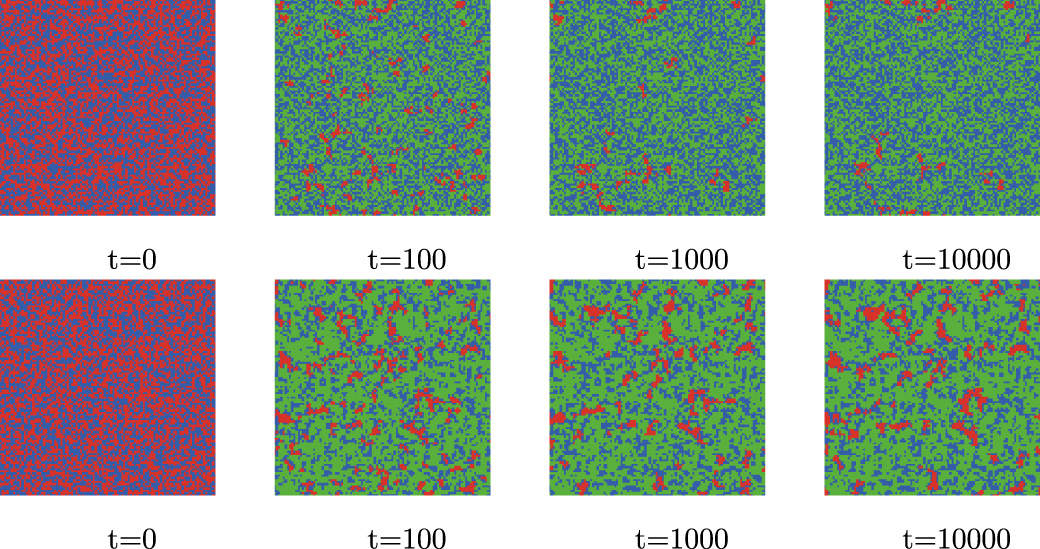
Simulations reveal how the social benefits of supplies to goods and service providers in China could be improved through a payoff transfer system, which rewards individuals who cooperate the most with their local communities.
Many goods and service providers in China rely on supplies from local governments, but these are often limited by financial budgets – especially in rural villages. Members of the public must cooperate with their governments and each other in order for this system to run smoothly, but unfortunately, this balance is threatened by a small proportion of individuals who take in welfare without contributing fairly to their communities. In new research published in EPJ B, Ran Yang and colleagues at Tianjin University, China, introduce a new simulation-based approach which could help to solve this issue, through a cost-effective system which rewards individuals who use welfare systems responsibly.
EPJ B Colloquium - Origin of optical bandgap fluctuations in graphene oxide
- Details
- Published on 11 June 2020
Graphene Oxide (GO) is a carbon-based nanomaterial prepared through the chemical oxidation of natural graphite in the presence of strong oxidants. It was identified long before pristine graphene, first reported in the 17th century by Brodie et al. Among many potential applications, GO can be used to produce reduced GO (rGO) for transparent conducting electrodes (TCEs), which has been, for instance, employed in the preparation of organic-light emitting diodes and organic photovoltaic devices. Other works also report the successful use of GO for the preparation of membranes for desalination and water purification, as well as active layers in biosensors, among many other applications. To address the needs of theses versatile applications several modifications in the synthesis of GO have been developed.
EPJ B Highlight - Exploring mass dependence in electron-hole clusters
- Details
- Published on 09 June 2020
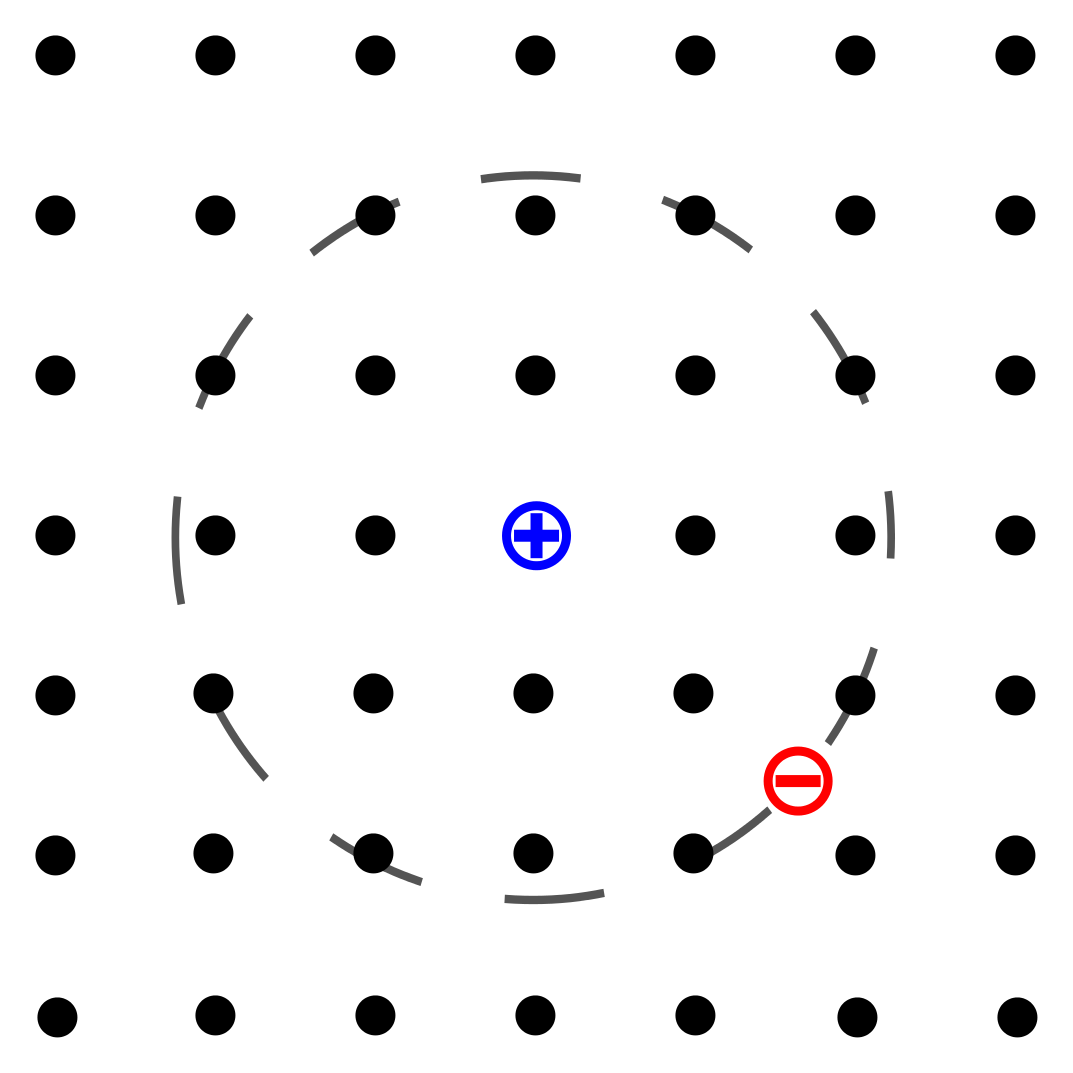
New calculations reveal that the behaviours of electron-hole clusters depend strongly on the masses of their particles.
In solid materials, when an electron changes position without another to fill its place, a positively charged ‘hole’ can appear which is attracted to the original electron. In more complex situations, the process can even result in stable clusters of multiple electrons and holes, whose behaviours all depend on each other. Strangely, the masses of each particle inside a cluster can be different to their masses when they are on their own. However, physicists aren’t yet entirely clear how these mass variations can affect the overall properties of clusters in real solids. Through a study published in EPJ B, Alexei Frolov at the University of Western Ontario, Canada, reveals that the behaviour of one type of three-particle cluster displays a distinct relationship with the ratio between the masses of its particles.
EPJ B Colloquium - Ergodicity and large deviations in physical systems with stochastic dynamics
- Details
- Published on 22 April 2020

In ergodic physical systems, time-averaged quantities converge (for large times) to their ensemble-averaged values. Large deviation theory describes rare events where these time averages differ significantly from the corresponding ensemble averages. It allows estimation of the probabilities of these events, and their mechanisms, and has been applied to a wide range of physical systems, including exclusion processes, glassy materials, models of heat transport, proteins, climate models, and non-equilibrium quantum systems.
EPJ B Highlight - What protects minority languages from extinction?
- Details
- Published on 21 April 2020

Mathematical modelling of competing languages in a geographical area suggests two scenarios in which one or more minority languages will be more likely to survive.
Over 6,000 languages are currently spoken worldwide, but a substantial minority - well over 5% - are in danger of dying out. It is perhaps surprising that this fraction is no higher, as most models have so far predicted that a minority language will be doomed to extinction once contacts with speakers of the majority language reach a certain level. Statistical physicists Jean-Marc Luck from Université Paris-Saclay, Paris, France and Anita Mehta from the University of Oxford, UK have described, using mathematical modelling, two mechanisms through which this doomsday scenario does not occur, i.e. several languages come to coexist in the same area. This work is now published in EPJ B.
EPJ B Highlight - Separations between earthquakes reveal clear patterns
- Details
- Published on 12 March 2020
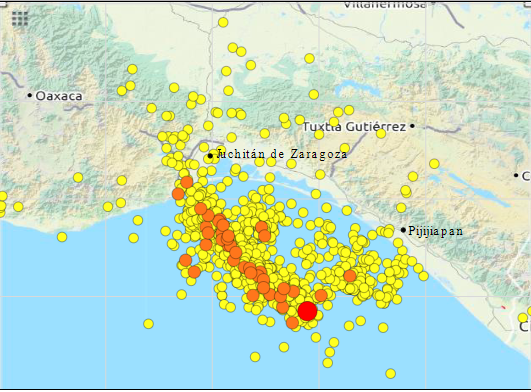
A new analysis of real earthquake data shows that the similarity between inter-earthquake times and distances displays a distinct relationship with their separation from an initial earthquake.
When large earthquakes occur, seismologists are well aware that subsequent, smaller tremors are likely to take place afterwards in the surrounding geographical region. So far, however, few studies have explored how the similarity between these inter-earthquake times and distances is related to their separation from initial events. In a new study published in EPJ B, researchers led by Min Lin at the Ocean University of China in Qingdao show for the first time that the two values become increasingly correlated the closer they are in time and space to previous, larger earthquakes.
EPJ B Highlight - Stimulating resonance with two very different forces
- Details
- Published on 25 February 2020
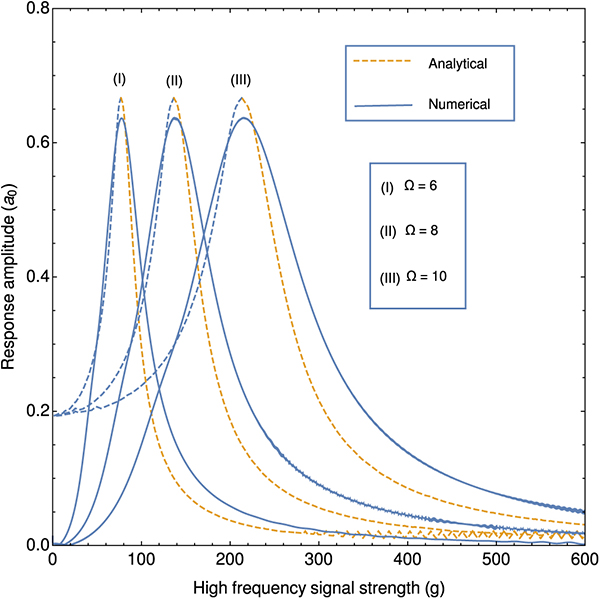
In some specialised oscillators, two driving forces with significantly different frequencies can work together to make the whole system resonate.
Widely studied in many different fields, ‘nonlinear’ systems can display excessively dramatic responses when the forces which cause them to vibrate are changed. Some of these systems are sensitive to changes in the very parameters which define their driving forces, and can be well described using mathematical equations. These ‘parametric’ oscillators have been widely researched in the past, but so far, few studies have investigated how they will respond to multiple driving forces. In new research published in EPJ B, Dhruba Banerjee and colleagues at Jadavpur University in Kolkata explore this case in detail for the first time. They show that some parametric oscillators can be made to resonate when tuned by a high driving frequency to match a separate, far lower frequency.
EPJ B Highlight - Ultracold gases in time-dependent magnetic fields
- Details
- Published on 04 February 2020
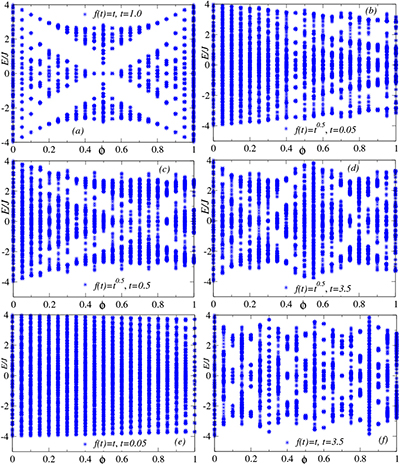
The phase transitions of an ultracold gas under a fluctuating magnetic field show interesting patterns, particularly a loss of symmetry in the energy spectrum that is well observed in the disappearance of the ‘Hofstadter’s butterfly’ effect.
It is now technically possible to hold groups of atoms at temperatures that are only a few hundredths of a degree above absolute zero. This so-called ‘ultracold gas’ loaded in an optical lattice is an extremely powerful platform to study quantum mechanical phenomena including phase transitions, due to the excellent control of experimental parameters, such as potential depths, inter-particle interaction strengths and lattice parameters. Sk Noor Nabi from Zhejiang University in Hangzhou, China and colleagues in the Indian Institute of Technology, Guwahati, India, have studied the phase transition between the Mott insulating (MI) and superfluid (SF) states of such a gas in a time-dependent synthetic magnetic field. Their results, published in EPJ B, show that the energy spectrum of the gas loses symmetry in the fluctuating magnetic field. This is observed in the disappearance of the striking ‘Hofstadter’s butterfly’ effect seen in the energy spectrum under a constant magnetic field.
EPJ B Topical Review - Electronic structure and optical properties of semiconductor nanowires polytypes
- Details
- Published on 29 January 2020

Advances in the fabrication and characterization of nanowires polytypes have made crystal phase engineering a well-established tool to tailor material properties. In a new review article published in EPJB, Luiz Galvão Tizei and Michele Amato (Université Paris-Saclay, CNRS, LPS, France) describe recent progress in the field, with special focus on the central role that crystal phase has in modulating the electronic and optical properties of nanowires.
EPJ B Highlight - Spinning quantum dots
- Details
- Published on 15 January 2020
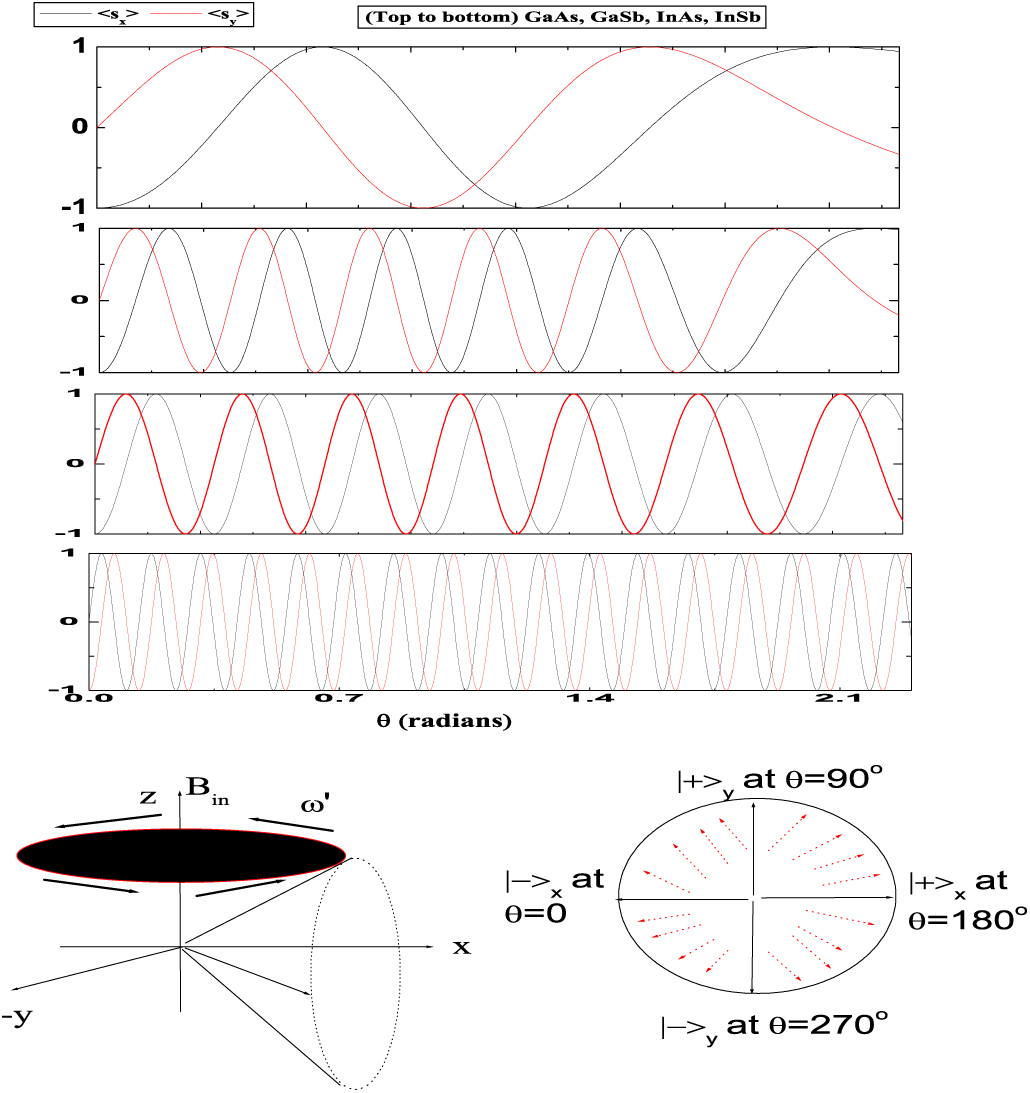
A theoretical analysis of electron spins in slowly moving quantum dots suggests these can be controlled by electric fields.
The name ‘quantum dots’ is given to particles of semiconducting materials that are so tiny – a few nanometres in diameter – that they no longer behave quite like ordinary, macroscopic matter. Thanks to their quantum-like optical and electronic properties, they are showing promise as components of quantum computing devices, but these properties are not yet fully understood. Physicists Sanjay Prabhakar of Gordon State College, Georgia, USA and Roderick Melnik of Wilfrid Laurier University, Waterloo, Canada have now described the theory behind some of these novel properties in detail. This work is published in EPJ B.




